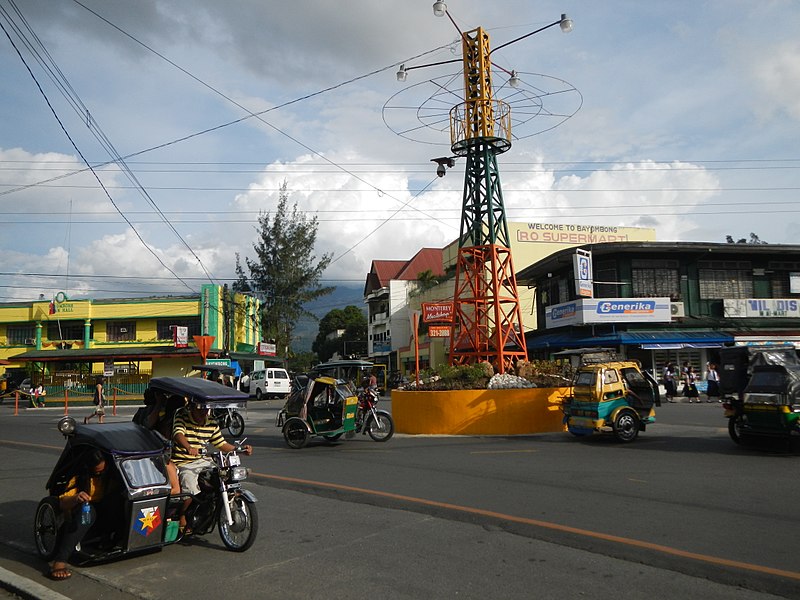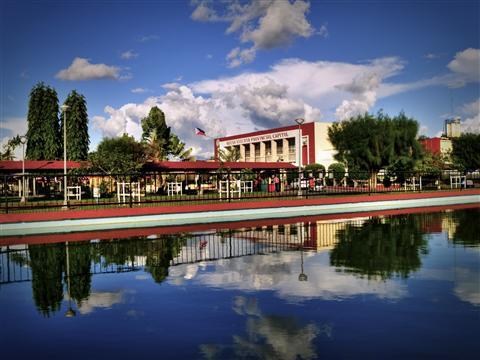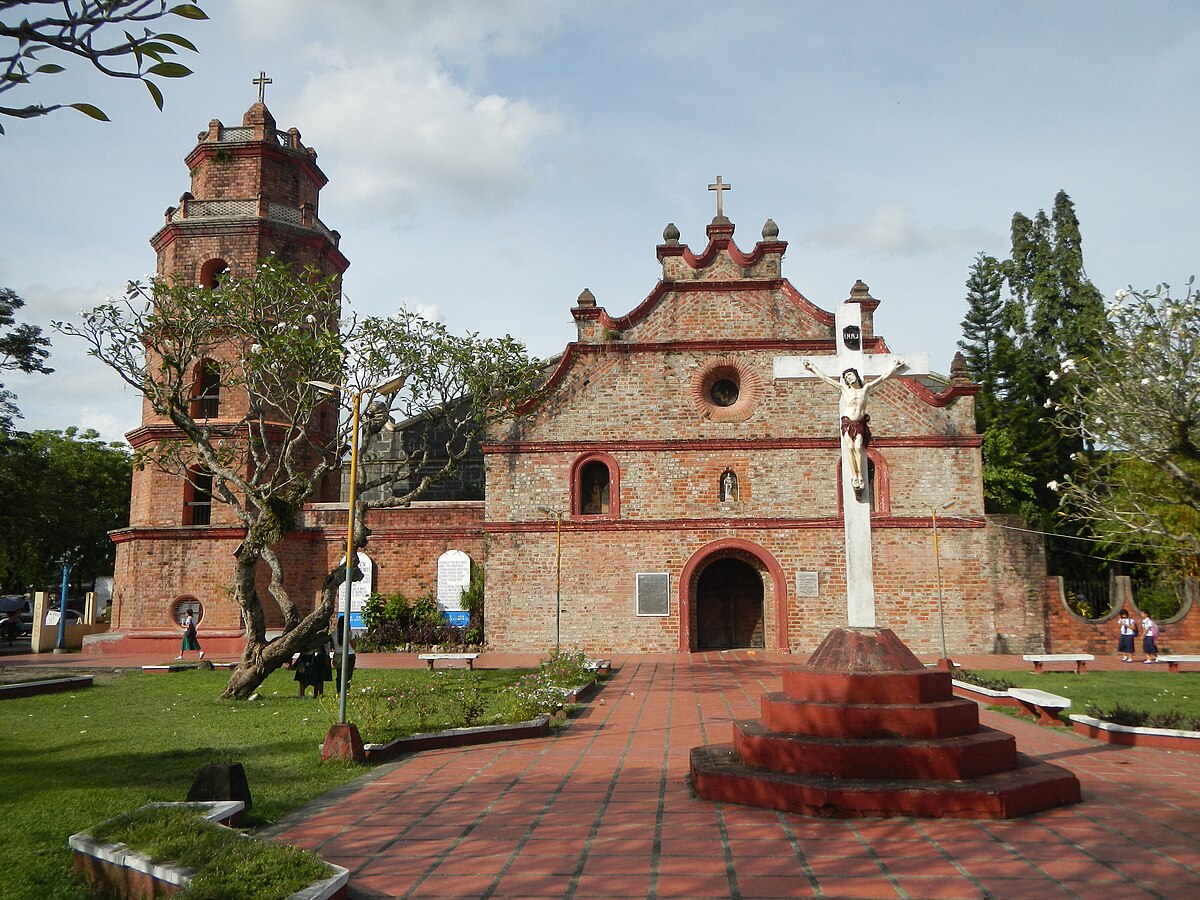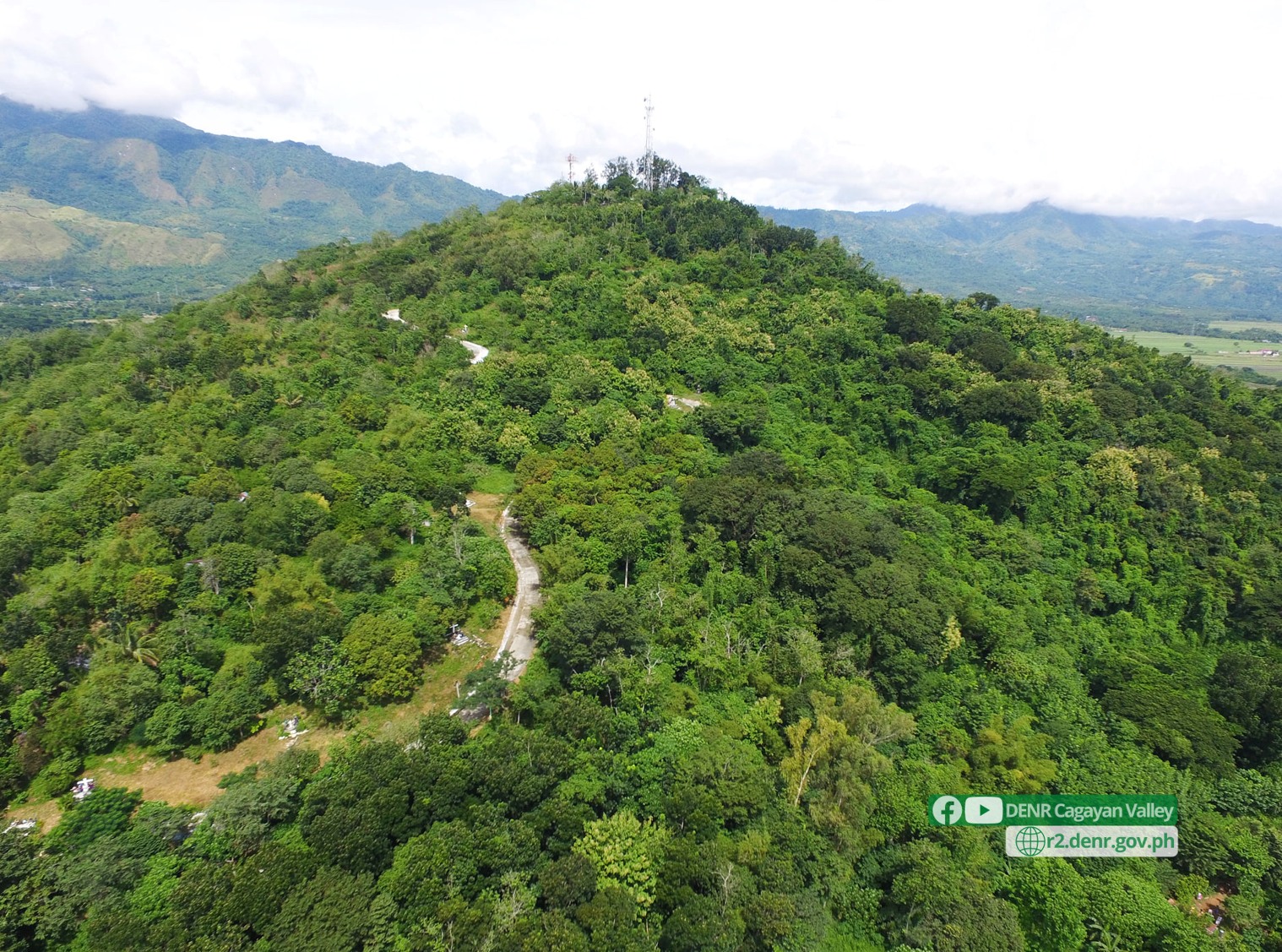Welcome to Bayombong in Nueva Vizcaya, and welcome to Anthro on Foot's walking tour! This is a
self-paced
walking tour that features key heritage sites and cultural highlights in the area. We hope you enjoy
this tour as
much as we enjoyed curating it!
Bayombong serves as the seat of the Provincial Capitol of Nueva Vizcaya. The name Bayombong finds
its origin
in the Gaddang term Bayongyong, signifying the confluence of multiple rivers. Historical accounts
narrate the
arrival of a tribe attempting to invade the area, leading to the outbreak of the first tribal war.
In commemoration
of the Gaddangs' initial triumph in defending their territories, the site was renamed Bayumbung.
Before Spanish colonization, the Ifugaos inhabited the town, succeeded by the Gaddangs from
Daruyat,
Angadanan, Isabela, and Amanga, Cagayan, along with the Maalats from Isabela in 1718. The Gaddangs
compelled the Ifugaos to relocate to the province of Ifugao.
In 1739, Spanish Augustinian Friars officially designated the place Bayumbung, later modified to
Bayombong.
On April 12, 1739, during the inaugural Catholic mass celebrated in the region by Father Pedro
Freire,
Bayombong was formally founded at the makeshift chapel situated at the foot of Bangan Hill.
Administration of Bayombong was assumed by Dominican friars as part of the Paniqui mission pueblo
shortly
after its foundation. The pueblo census of 1747 recorded 470 residents, including esteemed founding
fathers like
Ramon Cabauatan, Jacinto Gadingan, Vicente Saquing, Ignacio Abuag, Mariano Danao, Domingo Bayaua, a
certain Bincatan, and a certain Mamuric—all Gaddangs, whose names now grace major streets in the
town.




